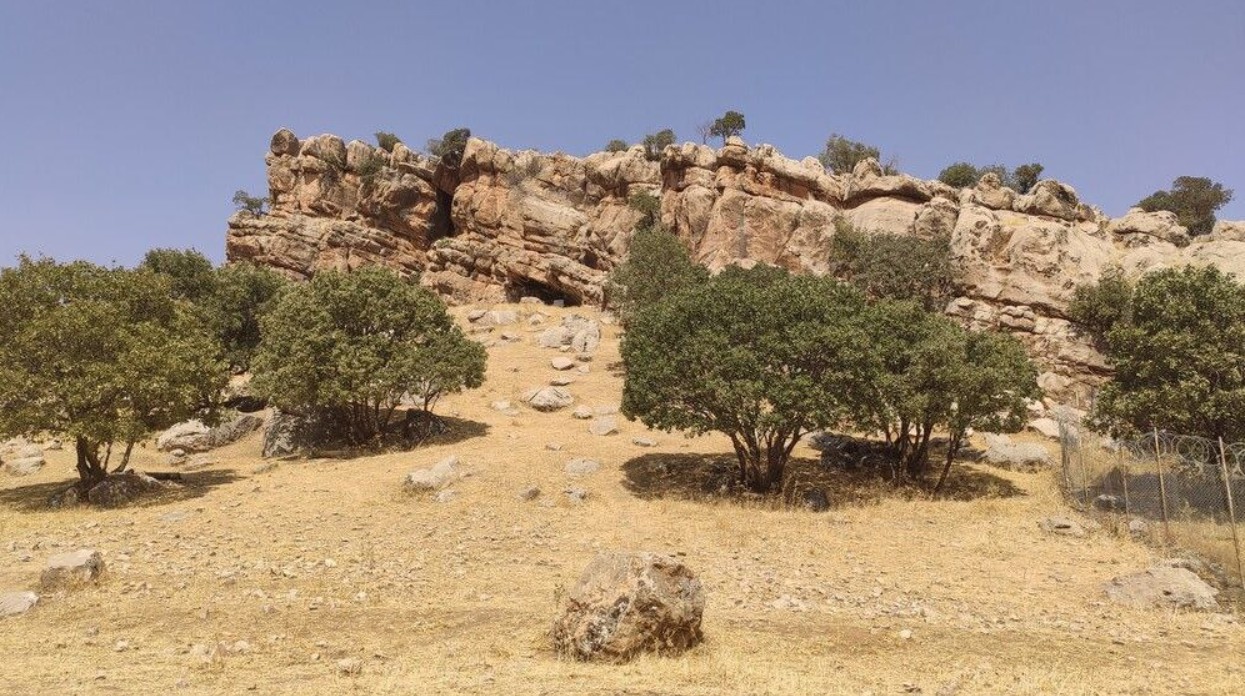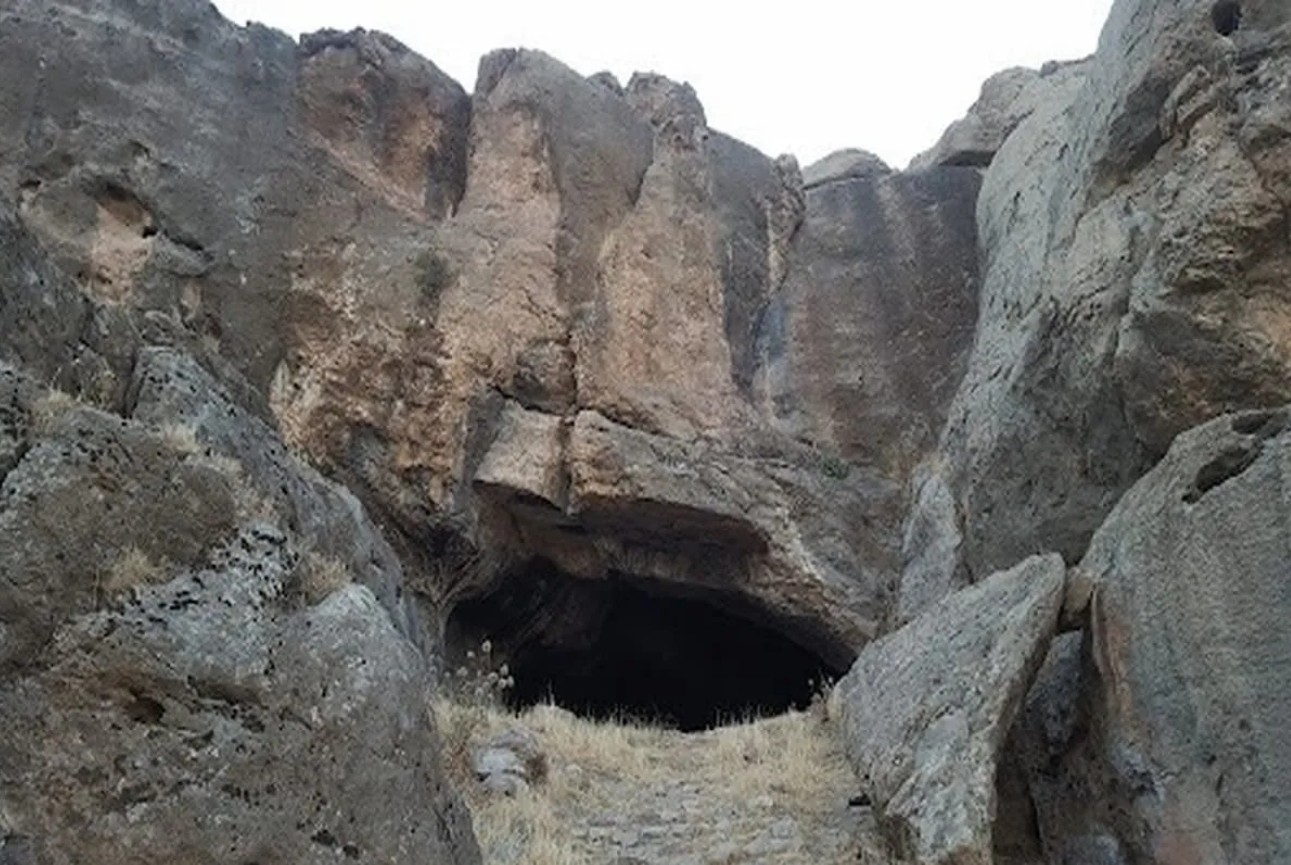The historical sites and caves of Khorramabad in Iran’s Lorestan Province, which were registered during the 47th meeting of the UNESCO World Heritage Committee as Iran’s 29th global heritage site, are considered one of the strategic routes of human migration from Africa to Asia and Europe. These habitats trace back to the Paleolithic era and are located in a very advantageous position in the central Zagros.
The habitat is composed of six sections, including the caves of Kaldar, Qomri, Konji, Gilvaran, and the rock refuge of Arjaneh. Traces of human life show that people lived here in 60,000 BC.
Seyed Reza Salehi Amiri, Iran’s Minister of Cultural Heritage, Tourism and Handicrafts, congratulated the inscription of the site on the global heritage list. He said that “Khorramabad Valley not only is historically valuable, but also has been recognized as one of the primary habitats of humans in the world, according to the scientific data gained by carbon-14 tests and other advanced methods of analysis in the most credible international labs.”
Salehi-Amiri said that this historical area is at least over 65,000 years old. The minister noted that the prehistoric sites in Khorramabad Valley are among the few places that document the full cycle of human development from the Paleolithic era until the Iron Age. He said that the civilization’s meaning lay hidden in the layers of soil and rocks of the region, testifying to Iran’s defining role in shaping the world’s global identity and history.
“The president of the UNESCO meeting repeated three times that no similar historical site as old as the one in Iran’s Khorramabad has been identified in the world so far, which makes it a surprising and unprecedented event,” the minister said.
Salehi-Amiri said that Islamic Iran is a unique treasure of human heritage. He also stated that over the next 50 years, every year, one or two cases will be sent to UNESCO for global registration.









